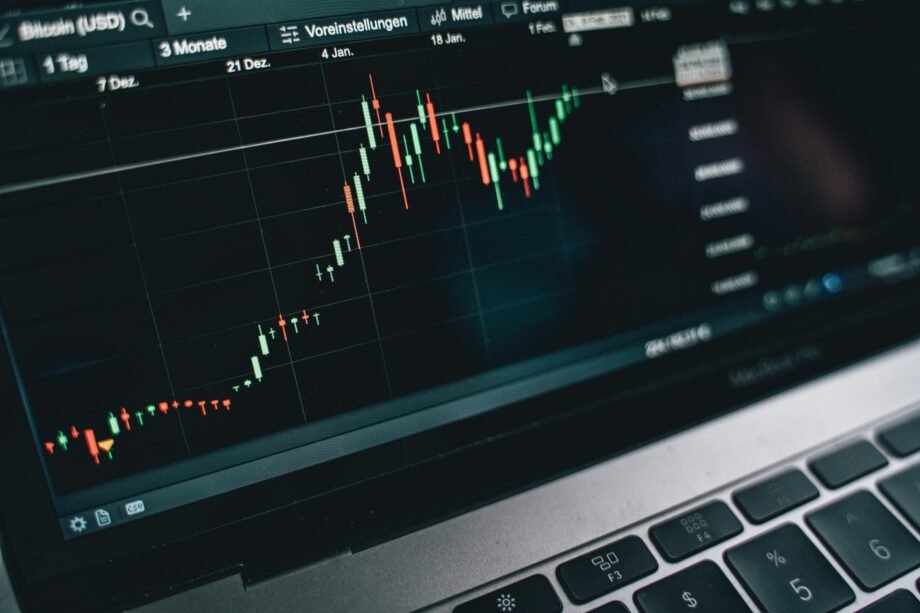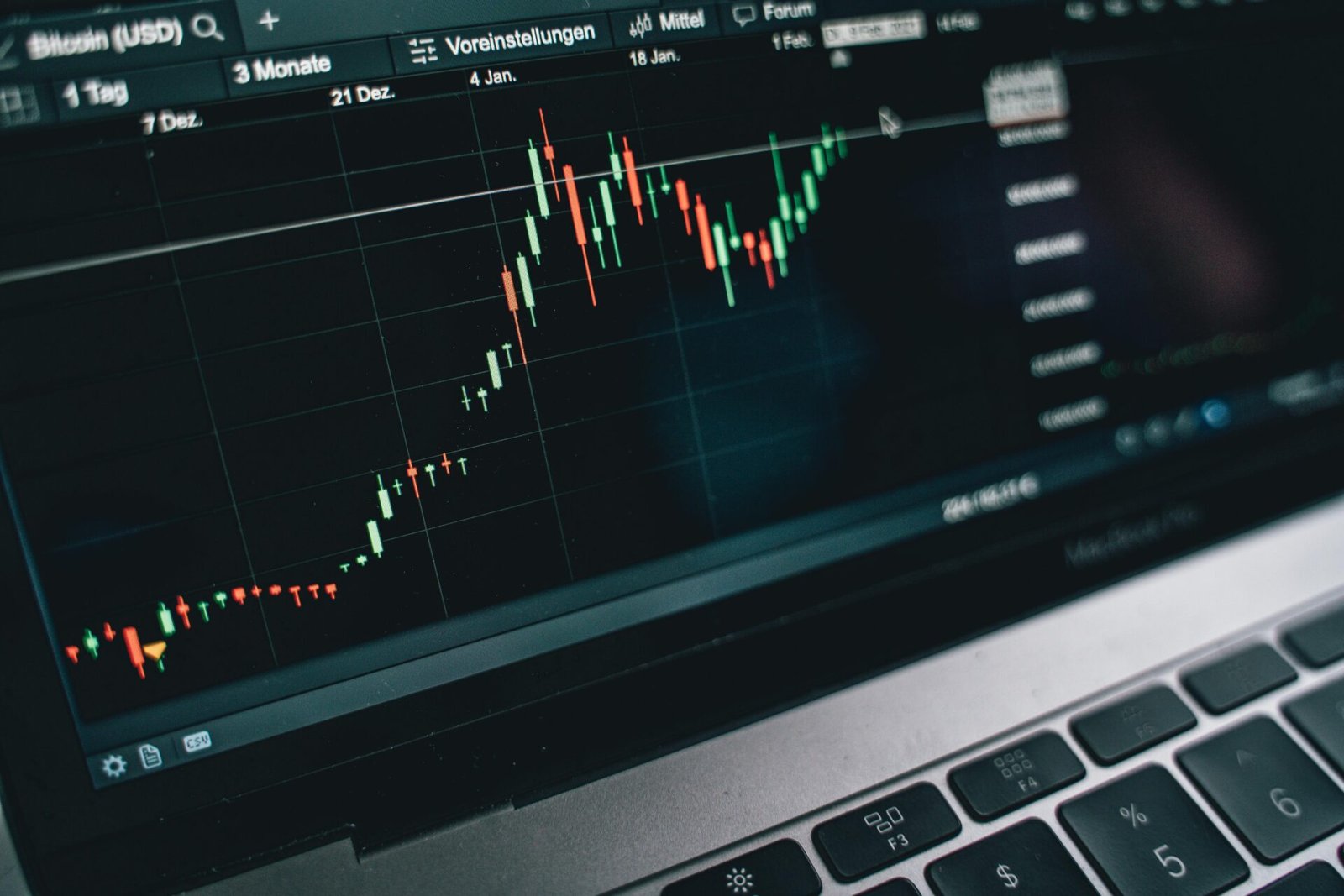Cryptocurrency represents one of the most exciting financial revolutions of our time. Since Bitcoin’s inception in 2009, digital assets have grown into a sprawling ecosystem of tokens, platforms, and technologies. For anyone diving into this space, understanding market trends is essential. Whether you’re an investor, trader, or simply curious, grasping how these patterns emerge can help you navigate this volatile yet rewarding arena.
What Drives Crypto Markets?
Unlike traditional stock exchanges, digital currencies operate in a decentralized, 24/7 environment. This constant motion introduces unique dynamics. Prices fluctuate based on a mix of factors, including supply and demand, technological developments, macroeconomic events, and even social media sentiment.
For instance, when a major platform announces an upgrade or integration, prices often surge. On the other hand, regulatory news can trigger sharp declines. Unlike equities, where earnings reports and balance sheets dominate, cryptocurrencies are influenced by a broader range of unpredictable elements.
The Role of Sentiment
Public perception plays a massive role in shaping crypto prices. News spreads quickly, and platforms like Twitter, Reddit, and Telegram serve as breeding grounds for both optimism and panic. A seemingly harmless tweet from a high-profile individual can ignite massive price swings.
Additionally, fear of missing out (FOMO) and fear, uncertainty, and doubt (FUD) are common psychological drivers. When prices rise quickly, many jump in, hoping to ride the wave, often without understanding the fundamentals. Conversely, negative news can lead to panic selling, creating sharp downturns.
Cycles and Patterns
Cryptocurrency markets are cyclical by nature. Historically, Bitcoin has followed a four-year halving cycle, where block rewards are reduced by half. This event often triggers a bull run, as reduced supply meets growing demand. After these surges, corrections typically follow, leading to bear markets.
Other patterns, such as altcoin seasons, also emerge. These occur when smaller coins outperform Bitcoin for extended periods. Recognizing these cycles can help traders position themselves effectively.
Technical Analysis in Crypto
Charts and patterns are invaluable tools for traders. While fundamentals matter, technical analysis often takes center stage in crypto. By studying price movements, volume, and other indicators, traders attempt to predict future behavior.
Common tools include moving averages, relative strength index (RSI), and Fibonacci retracements. However, it’s crucial to remember that no indicator guarantees success. Markets are inherently unpredictable, and even the best analysis can fail.
The Impact of Regulation
Governments worldwide are grappling with how to regulate this new asset class. Some countries embrace it, fostering innovation, while others impose strict restrictions. Regulatory clarity often boosts confidence, attracting institutional investors. Conversely, uncertainty can deter participants.
For example, the U.S. Securities and Exchange Commission (SEC) has been pivotal in shaping the market. Decisions regarding ETFs, token classifications, and compliance standards often ripple across the industry.
Adoption and Utility
Unlike speculative bubbles, cryptocurrencies derive value from real-world applications. Blockchain technology underpins these assets, enabling decentralized finance (DeFi), non-fungible tokens (NFTs), and more. As adoption grows, so does demand.
Major companies integrating blockchain solutions often spark market interest. For instance, when payment giants announce crypto support, it signals mainstream acceptance, driving prices higher.
Macroeconomic Factors
Global events significantly influence cryptocurrency markets. Economic downturns, inflation, and geopolitical tensions often push investors toward alternative assets. Bitcoin, often dubbed “digital gold,” serves as a hedge against traditional financial instability.
However, crypto isn’t immune to broader market trends. During periods of extreme uncertainty, even digital assets can face sell-offs as investors seek liquidity.
The Importance of Research
In a space rife with scams and misinformation, due diligence is paramount. Understanding a project’s fundamentals, team, and roadmap can help separate promising ventures from risky bets. Whitepapers, audits, and community engagement often provide valuable insights.
Blindly following hype or influencers can lead to significant losses. Instead, focus on building a solid foundation of knowledge before making decisions.
Diversification and Risk Management
No investment strategy is complete without diversification. Spreading funds across multiple assets reduces exposure to any single project’s failure. Additionally, setting stop-loss orders and taking profits at predetermined levels can help mitigate risks.
Emotions often cloud judgment, leading to impulsive decisions. Adopting a disciplined approach ensures long-term success.
The Future of Crypto Markets
As the industry matures, new trends will undoubtedly emerge. From central bank digital currencies (CBDCs) to advancements in decentralized technologies, the landscape is constantly evolving. Staying informed and adaptable is key.
While risks remain, the potential rewards are immense. With careful planning and a clear understanding of market dynamics, anyone can participate in this transformative movement.




